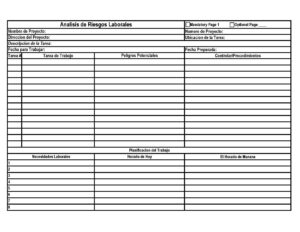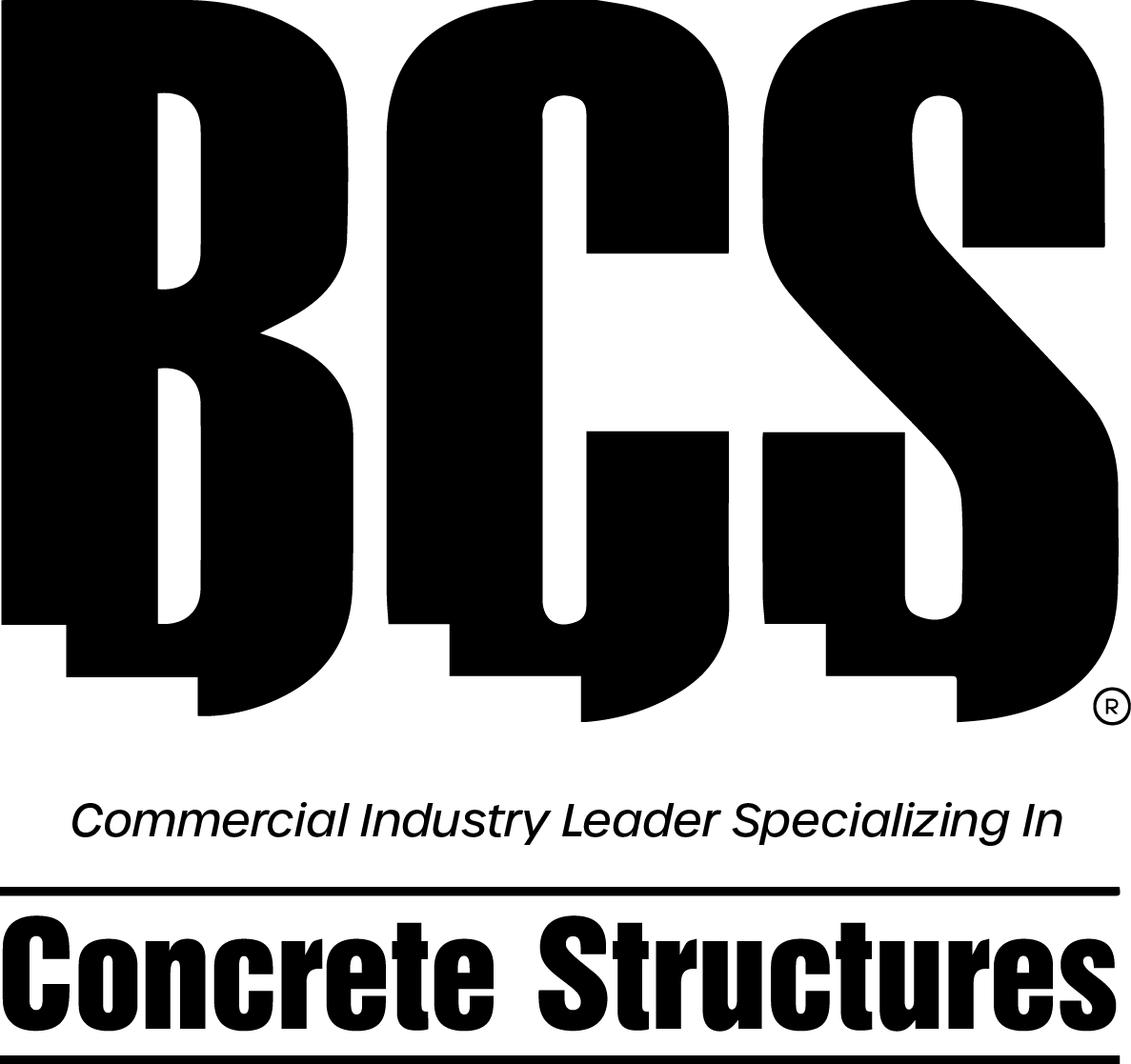 What is a Job Hazard Analysis? A job hazard analysis is a technique that focuses on job tasks to identify hazards before they occur. It focuses on the relationship between the worker, the task, the tools, and the work environment. Ideally, after you identify uncontrolled hazards, you take steps to eliminate or reduce them to an acceptable risk level. BCS has its’ own JHA form and so do most of our General Contractors, many of whom require the form to be completed on site, before each workday. Only one JHA needs to be completed each day.
What is a Job Hazard Analysis? A job hazard analysis is a technique that focuses on job tasks to identify hazards before they occur. It focuses on the relationship between the worker, the task, the tools, and the work environment. Ideally, after you identify uncontrolled hazards, you take steps to eliminate or reduce them to an acceptable risk level. BCS has its’ own JHA form and so do most of our General Contractors, many of whom require the form to be completed on site, before each workday. Only one JHA needs to be completed each day.


(Pictured above: Spanish version of BCS JHA form)
Many workers are injured and killed at construction jobsites in the United States. Safety and health can add value to your business, your job, and your life. You can help prevent workplace injuries and illnesses by looking at your workplace operations, establishing proper job procedures, and ensuring that all employees are trained properly. One of the best ways to determine and establish proper work procedures is to conduct a job hazard analysis. A job hazard analysis is one component of the larger commitment of a safety and health management system also known as a safety culture.
Supervisors can use the findings of a job hazard analysis to eliminate and prevent hazards in their workplaces. This is likely to result in fewer worker injuries and illnesses; safer, more effective work methods; reduced workers’ compensation costs; and increased worker productivity. The JHA can also be a valuable tool for training new employees in the steps required to perform their jobs safely. For a job hazard analysis to be effective, management must demonstrate its commitment to safety and health and follow through to correct any uncontrolled hazards identified.
To see our past concrete work, visit our portfolio and get a quote from us today.

